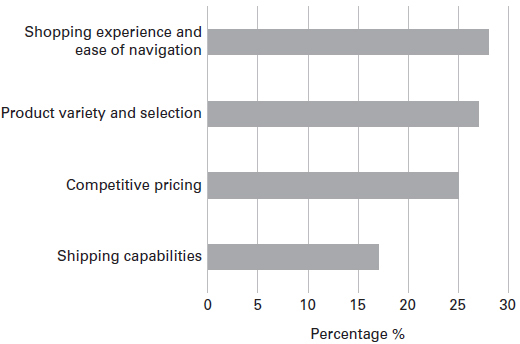Figure 11.1 The top reasons why US consumers begin their product searches on Amazon14

When it comes to winning the ZMOT, we cannot think about the research phase of the journey without considering the advent of visual search. Technology provider Slyce delivers visual search engine image recognition for numerous retailers including Home Depot, Macy’s and Tommy Hilfiger in the US and UK, for example. The company says the quality of its image recognition is superior to the likes of Amazon and Google as it builds classifiers and detectors, which are the initial level of recognition. Machine learning is employed to train the software to recognize user-generated photographs of variable quality. It claims retailers see average order values increase by 20 per cent and conversion rates are 60 per cent higher when integrating the technology with their own e-commerce website or mobile app searches.
Here, Amazon had a head start back in 2009 when it used its image recognition and machine learning AI capabilities to launch a visual search solution in its app, Amazon Remembers, aimed at scanning the barcodes of books, debuting it in-app as an additional camera search feature called Flow in 2014. It then integrated it as an app called Firefly with its ill-fated Fire phone later that year before also introducing it to its Kindle Fire HD device, and expanding the visual capabilities of the Amazon app to recognize almost any item in 2016.15 This visual search app functionality has continued to grow thanks to a 2017 partnership with Samsung to embed the functionality into one of the handset maker’s flagship smartphone models, the Galaxy S8. Using the S8 camera with the Samsung assistant Bixby, shoppers can snap a photo of an item or barcode to reveal relevant results from Amazon’s catalogue of products.
Features like visual search can help bridge the offline-to-online gap both remotely and instore to enhance the customer experience, introducing the opportunity to browse a selection of similar products according to their visual attributes. It’s no surprise then that Microsoft’s Bing search engine has its own Visual Search capability and even Pinterest got in on the act in 2017 with the launch of Lens. The point here is that the store retailer must now consider how to use such digital tools to make them discoverable in the online world, where their location, range and availability, in combination with price, may be enough to steal a potential Amazon sale.
The store as a showroom
All of the developments we have so far explored can take place anywhere outside, as well as inside a store. The significance of mainstream mobile adoption means that search can take place anywhere, but it also has a significant influence on the shopper’s purchasing decision while they are inside a store. Whereas ROBO refers to the search and purchase phases of a shopping journey, where browsing is a purely virtual experience, the idea behind the concept of ‘showrooming’ places the browsing phase squarely inside the store. Unlike ROBO, though, it is the store that loses out on the sale.